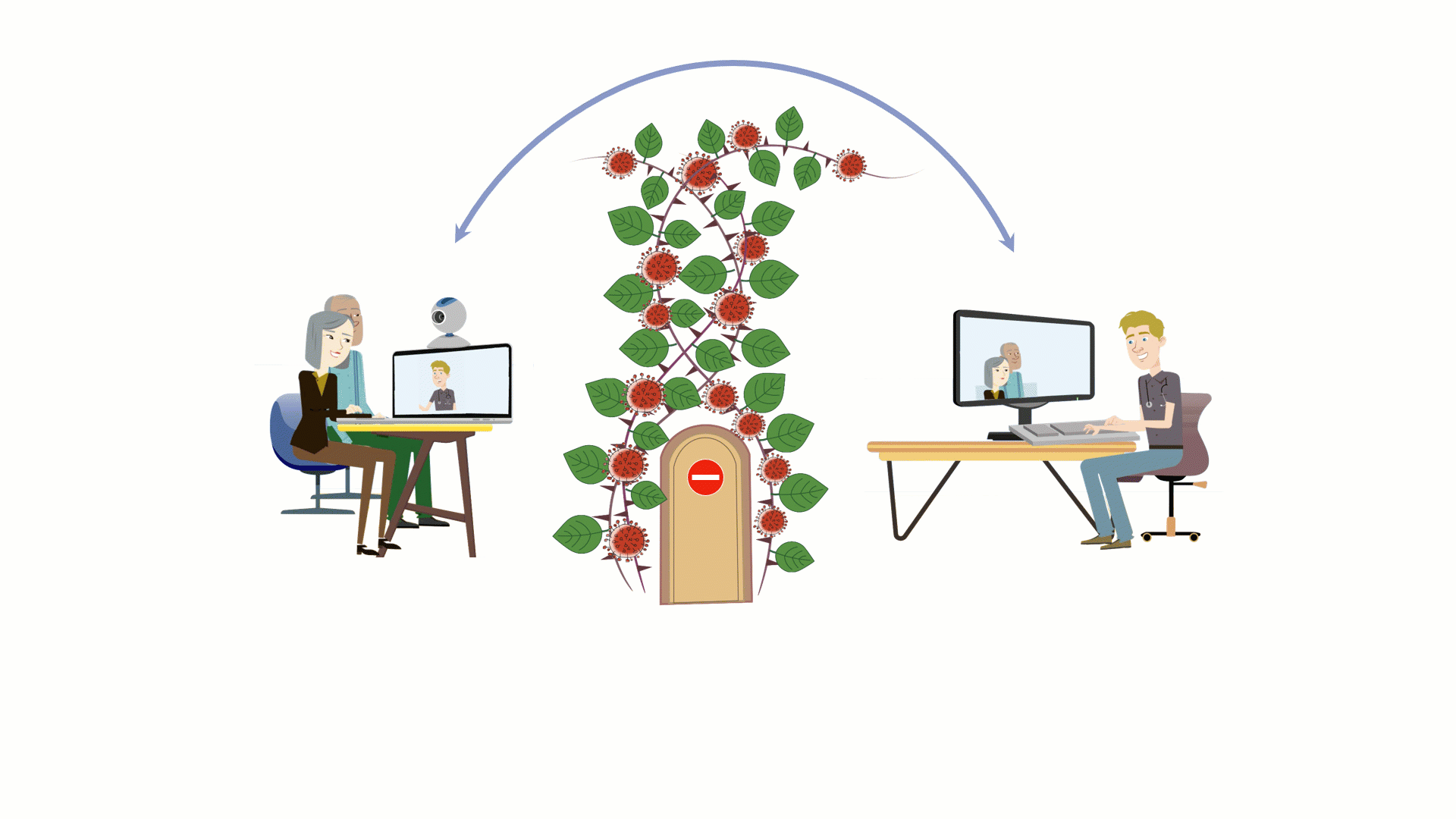Changes and new strategies in diagnosis and assessment
During the pandemic, in-person examinations and assessments were difficult or even impossible. In brief interviews, two dementia experts from Slovenia and Romania explain how they mastered the barriers.
New approaches in treatment
COVID-19 severely impeded the delivery of treatments, particularly of non-pharmacological interventions. Learn about smart solutions even during times of lockdown!
Some of these smart solutions to deliver treatment will remain after the pandemic as an add-on to the traditional ways or as independent strategies. Carer and patient education could continue to be delivered through online platforms, social media, or chats and complimented to the face–to–face visits on occasions. Clinical visits for the adjustment, monitoring of treatment could be done by telemedicine especially for the patients that live far away from the clinics. Some of the non – pharmacological interventions could continue to be performed online to complement the individual or group–provided interventions did face – to face. In order to benefit from the smart solutions that pandemics force us to adopt telehealth methods must be approved by authorities and must be reimbursed accordingly.
Real-time communication via telephone or computer / internet.
Examples: virtual physician visits, virtual carer support groups.

Pre-produced information delivered through cloud or surface mail.
Examples: Training instructions, educational materials.

Delegation of interventions to staff who have access to people with dementia in times of lockdown.
Examples: Occupational therapy delivered by nurses.

